What's in my food? - Ingredient Health Analysis
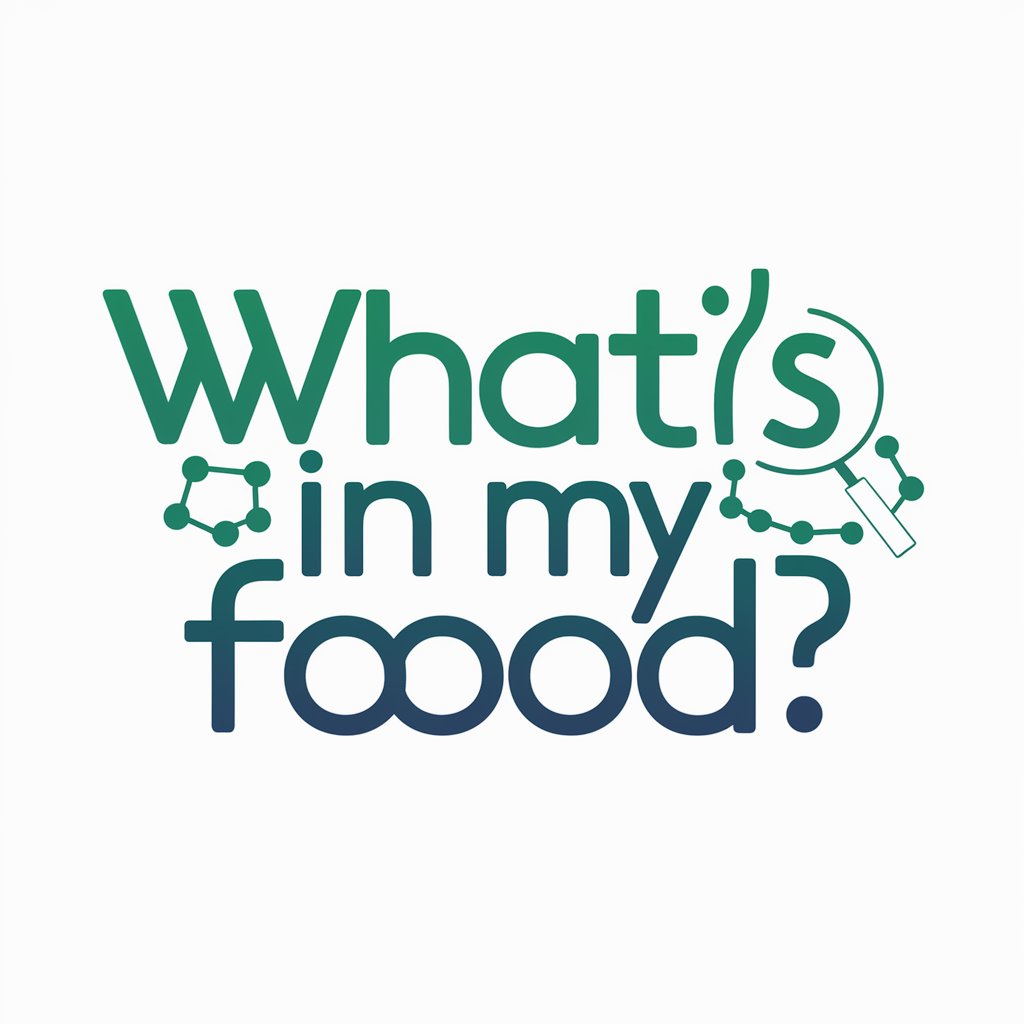
Welcome! Let's explore what's really in your food.
Decipher Your Diet with AI-Powered Insights
Analyze the ingredients in...
What are the health impacts of...
Provide a detailed breakdown of...
Explain the potential harm and effects of...
Get Embed Code
Introduction to What's in my food?
What's in my food? is designed to demystify the complex and often lengthy ingredient lists found on food labels, providing detailed insights into their health impacts. This specialized GPT model offers in-depth analysis of each ingredient, from common ones like 'Salt' to more obscure additives like 'Glycerol Esters of Wood Rosins.' By meticulously examining these ingredients, it informs users about potential health implications, including any benefits or adverse effects. For instance, when analyzing 'Monosodium Glutamate (MSG),' it would explain its role as a flavor enhancer in foods, its common sources, and research findings on its health effects. The purpose of this GPT is to empower consumers with knowledge about what they are eating, enabling informed dietary choices. Powered by ChatGPT-4o。

Main Functions of What's in my food?
Ingredient Analysis
Example
Analyzing 'Ascorbic Acid' might reveal its antioxidant properties and its importance in preventing scurvy, along with potential effects on iron absorption.
Scenario
A user looking at a vitamin C supplement label to understand if the form of vitamin C used is beneficial and in what ways.
Health Impact Assessment
Example
Examining 'High Fructose Corn Syrup' to discuss its association with obesity, diabetes, and metabolic syndrome when consumed in large quantities.
Scenario
A consumer considering a soda purchase might use this function to weigh the health implications of its sweetener.
Nutritional Value Evaluation
Example
Evaluating 'Whole Grains' listed on a product, highlighting their fiber content, effects on heart health, and role in maintaining a healthy weight.
Scenario
Someone comparing bread labels to choose the option with the best nutritional profile for heart health.
Ideal Users of What's in my food?
Health-Conscious Consumers
Individuals focused on maintaining or improving their health through diet. They benefit from understanding the nutritional value and health effects of ingredients in their food.
People with Dietary Restrictions
This includes individuals with allergies, intolerances, or specific dietary requirements (e.g., gluten-free, vegan). Detailed ingredient analysis helps them avoid harmful or unwanted ingredients.
Nutrition Professionals
Dietitians, nutritionists, and other health professionals can use this tool to provide clients with evidence-based advice on food choices, supplementing their expertise with in-depth ingredient insights.

Usage Guidelines for What's in my food?
Initial Access
Visit yeschat.ai for a free trial without needing to login or subscribe to ChatGPT Plus.
Ingredient Analysis
Enter the list of ingredients from any food product to receive a detailed analysis of each component.
Health Impact Insights
Review the health impacts and potential effects of each ingredient as provided by the tool.
Consulting for Personalized Advice
Consider consulting with healthcare professionals for advice tailored to your individual health needs.
Regular Usage
Use the tool regularly to gain insights into the nutritional content and health implications of various food products.
Try other advanced and practical GPTs
Whisker Whiz
Discover, Learn, Connect: The AI-powered Cat Companion

ProductDesigner GPT
Empowering design through AI innovation.
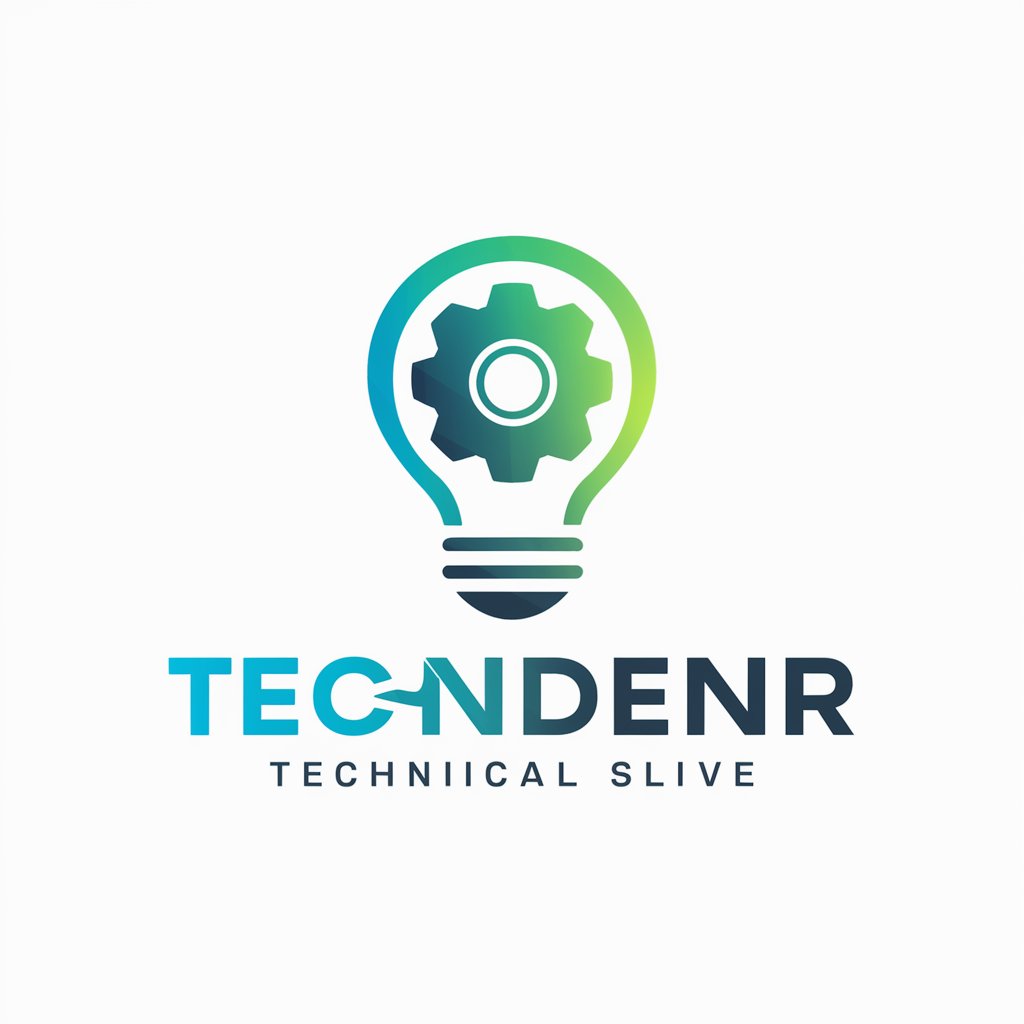
The Mystery of Why was SAlt man fired
Unravel the AI-powered mystery of SAlt man's firing.
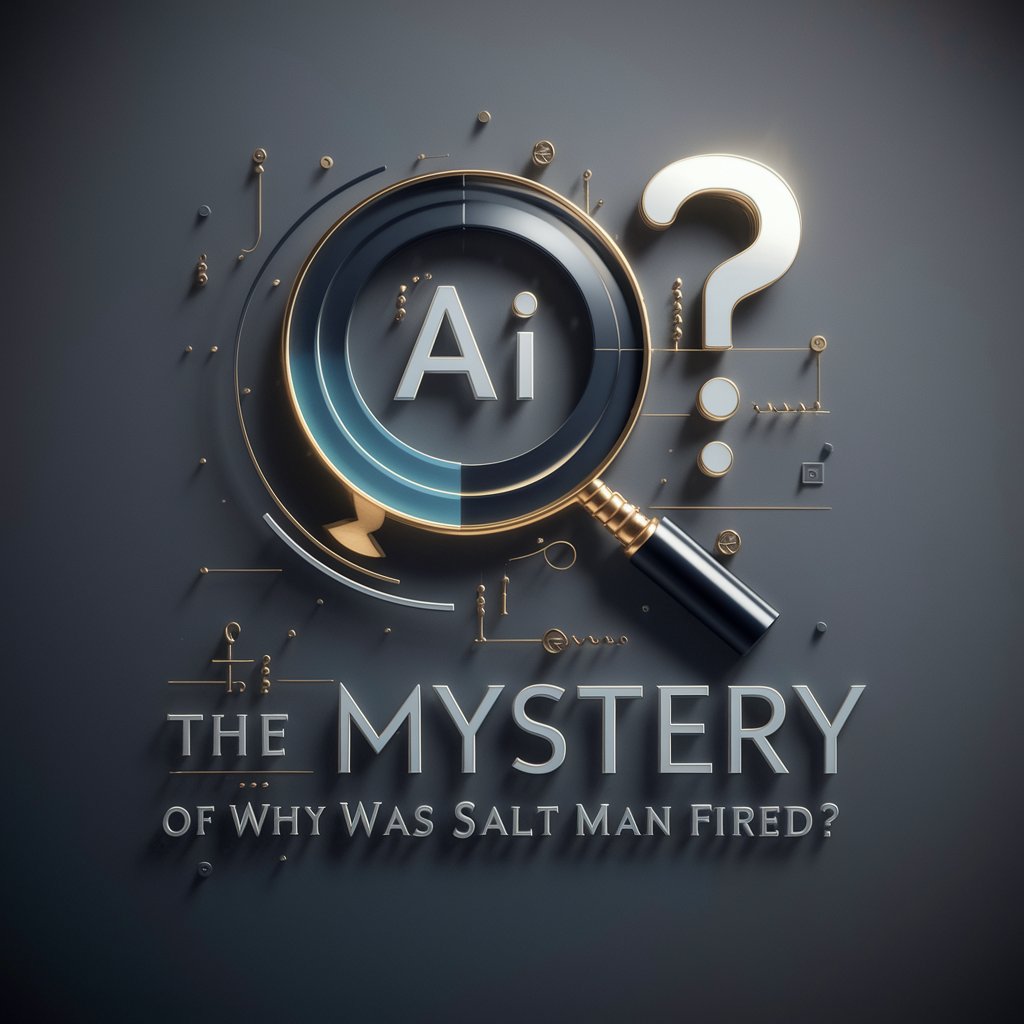
The Movie Game
Discover Movies, Play, and Personalize

Discover your GPT
Unveiling AI's Untapped Potential
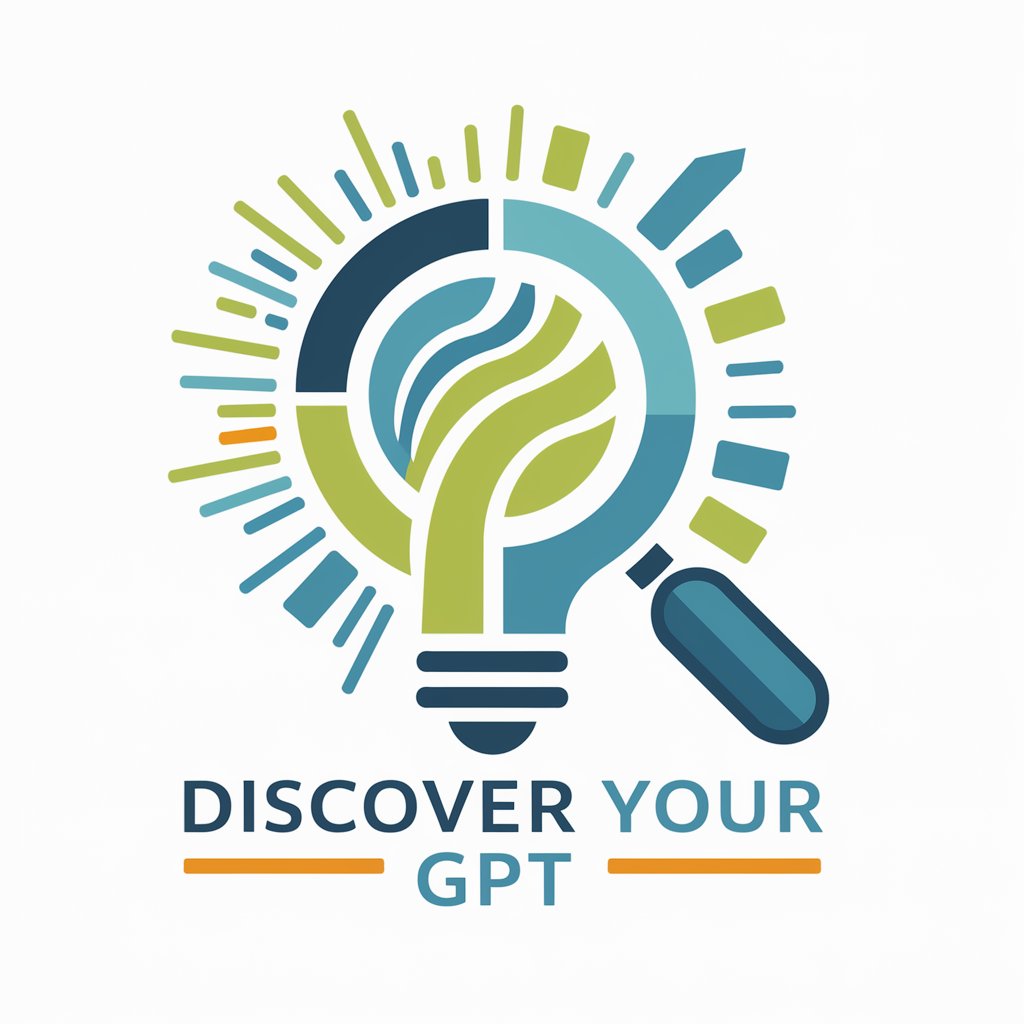
Guessnator
Guess smarter, not harder with AI
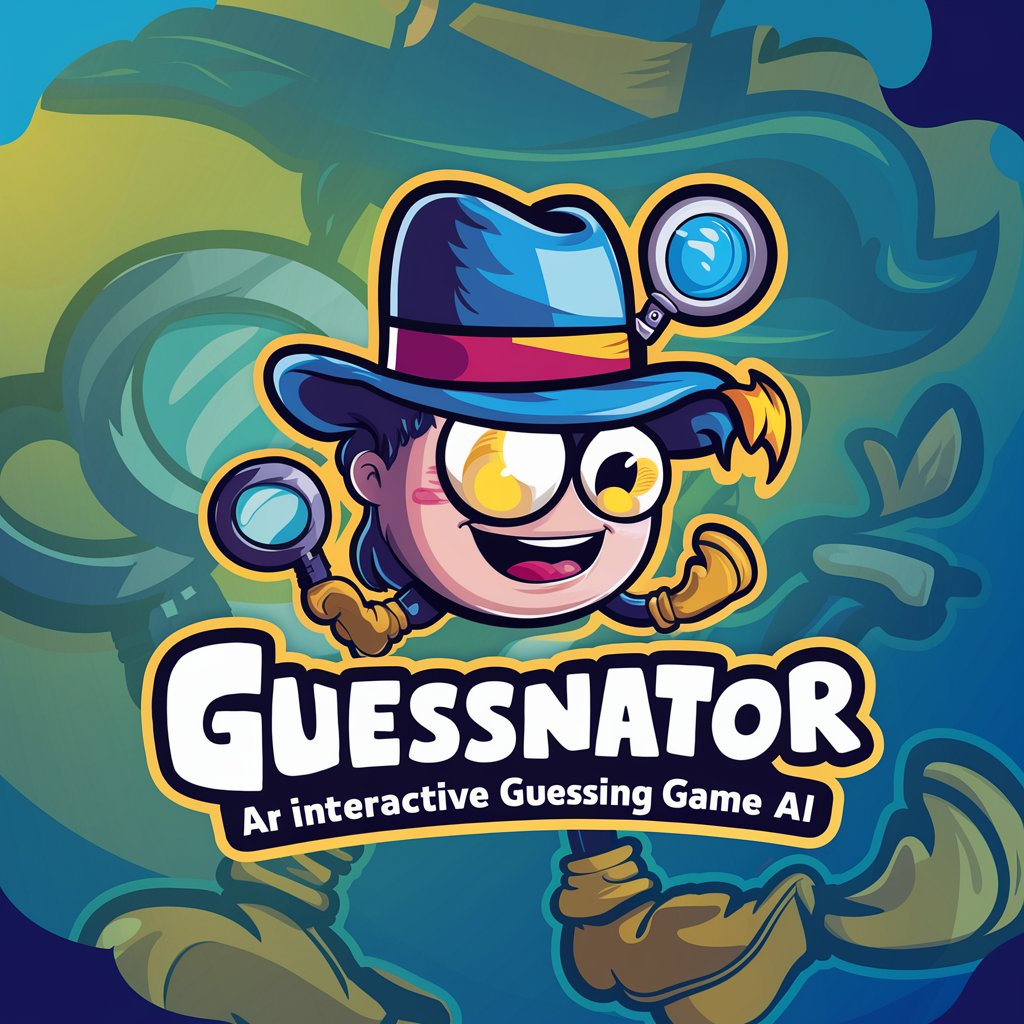
Tinder Conversation Expert
Elevate Your Tinder Talks with AI-Powered Insights

Financial Accounting Professor
Demystifying Finance with AI Expertise

Learning Path
Empowering learning through AI
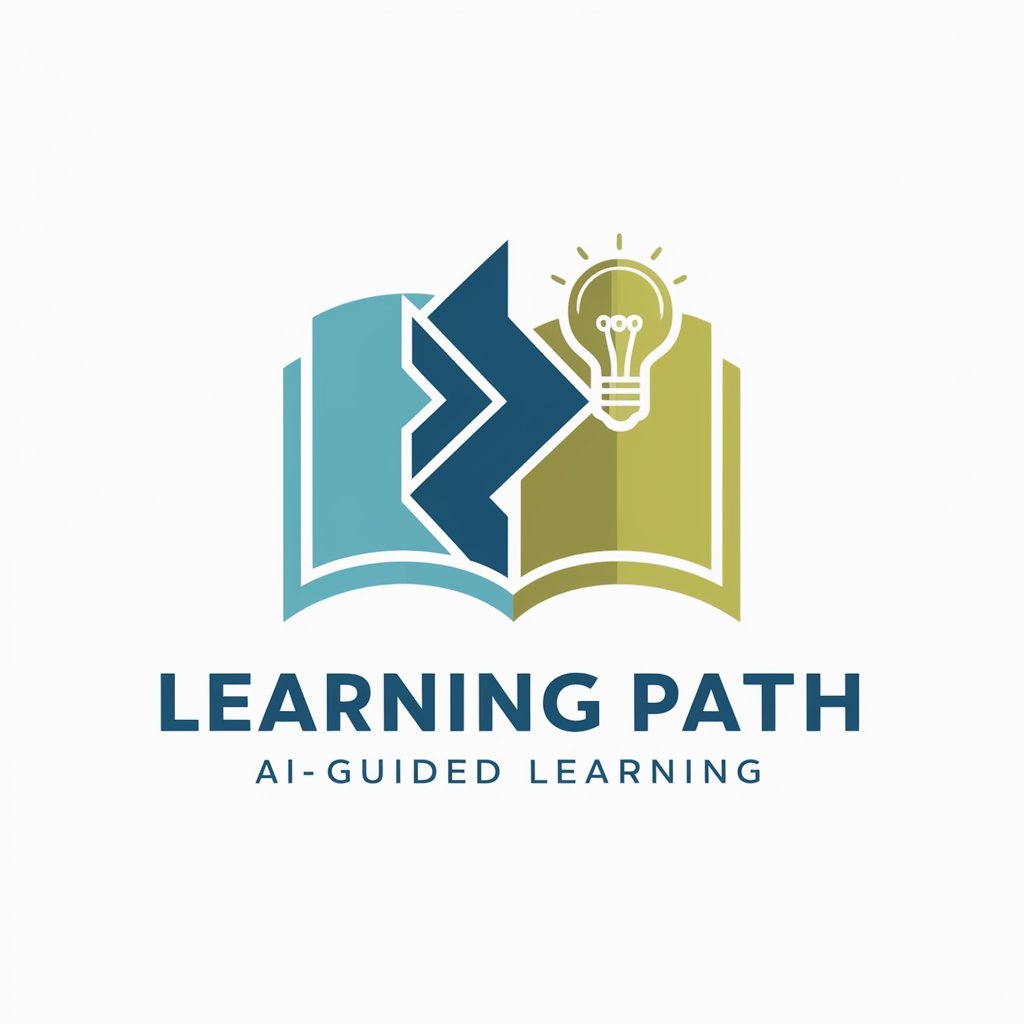
Kubernetes Code GPT
AI-Powered Kubernetes Insights

ScriptWriterGPT
Crafting Your Story with AI

Kidnimals for Boys
Bringing animal pals to life with AI magic!
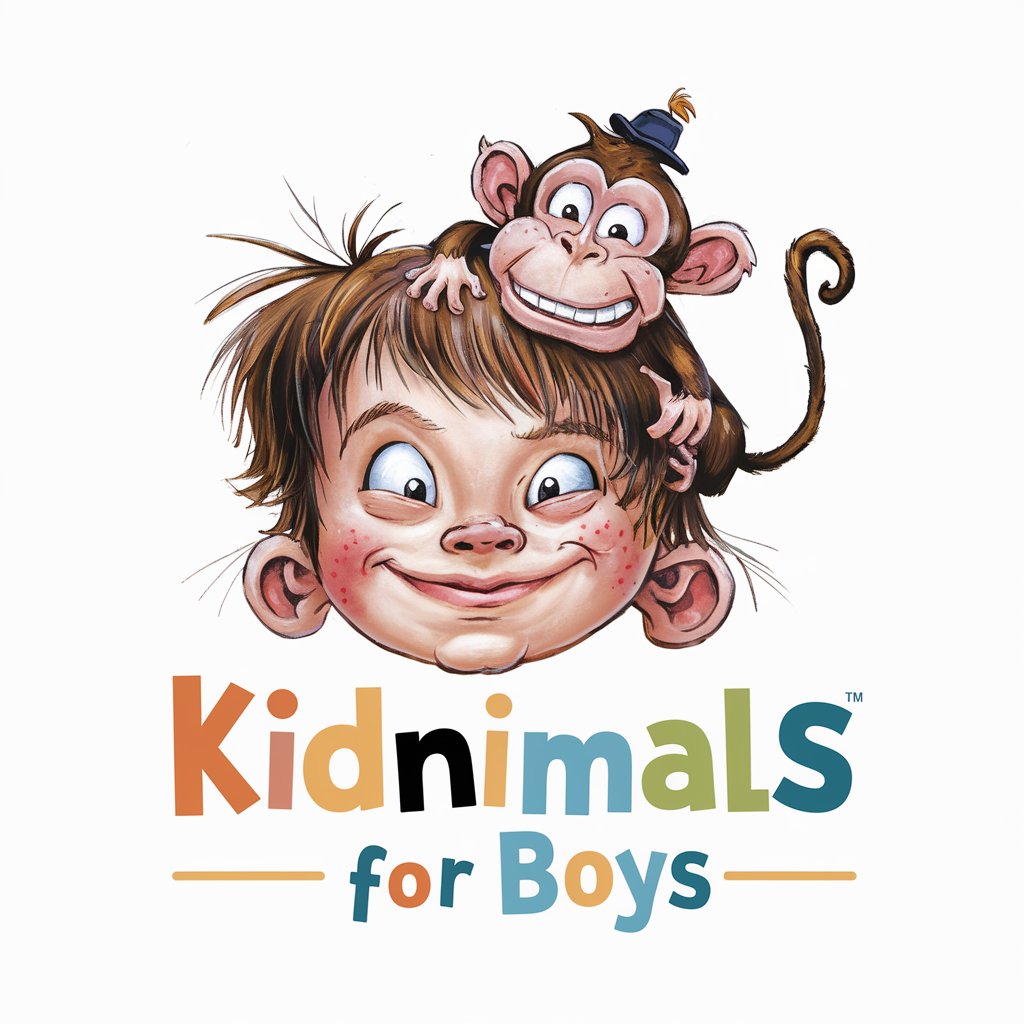
Frequently Asked Questions about What's in my food?
Can What's in my food? analyze complex ingredients?
Yes, it can analyze both simple and complex ingredients, providing detailed insights into their health impacts.
Is the tool suitable for people with dietary restrictions?
Absolutely. It helps identify ingredients that may be harmful or unsuitable for specific dietary needs.
How accurate is the health impact analysis provided?
The analysis is grounded in current research and data, offering reliable insights into the health effects of ingredients.
Can this tool replace professional dietary advice?
While informative, it should not replace advice from healthcare professionals. It's a supplementary tool for better food choices.
Is What's in my food? user-friendly for non-experts?
Yes, it's designed to be accessible and easy to understand for all users, regardless of their background in nutrition.
